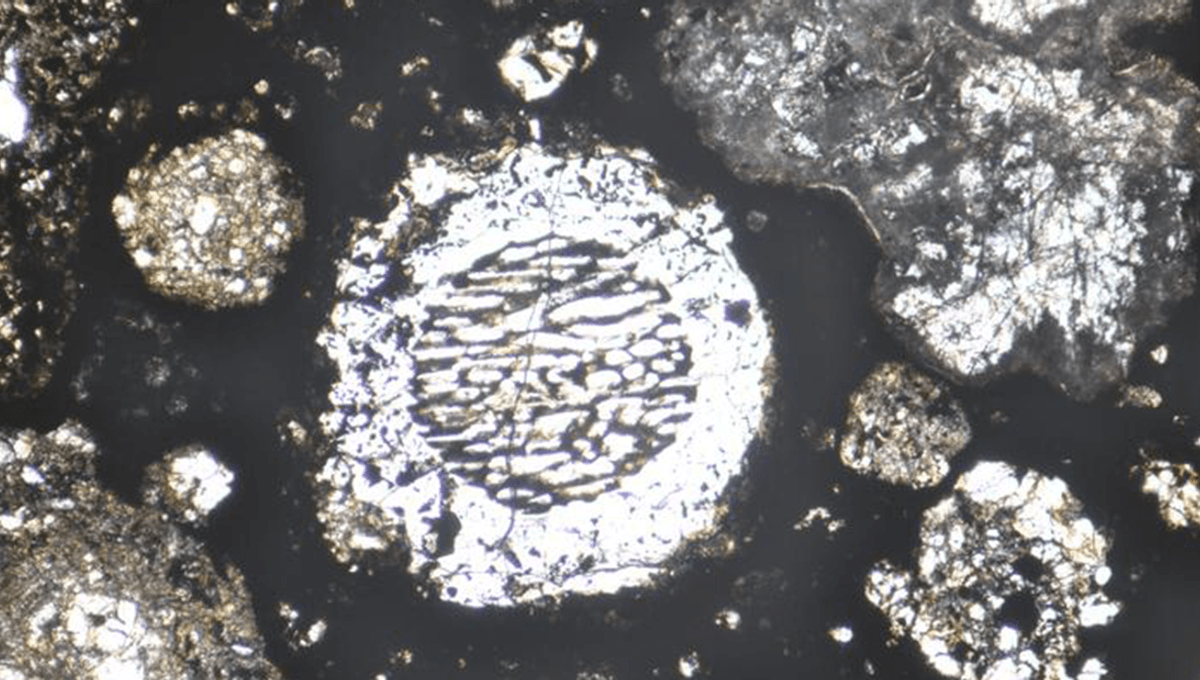
A team from Nagoya University in Japan and the Italian National Institute for Astrophysics (INAF) have used a new method to gauge the age of gas giant Jupiter, suggesting it could be used to pin down the timings of when the planets of the Solar System formed.
Figuring out the age of the planets is, as you might imagine, a tricky business. It was only in 1953 that we finally pinned down an approximate age of the Earth, when geochemist Clair Cameron Patterson measured lead isotopes in meteorite samples, tightly constraining the age of our Solar System. Further analysis of the oldest zircons on Earth has helped to support this dating, putting the age of our planet at around 4.543 billion years.
“In the Solar System, radionuclides are the key to dating planets. These are special atoms that slowly release energy over a long period of time. As natural clocks, radionuclides help scientists determine the ages of all kinds of things, from rocks to bones and pottery,” Adam Burgasser, Professor of Astronomy & Astrophysics at the University of California, San Diego, explains in a piece for The Conversation.
“Using this method, scientists have determined that the oldest known meteorite is 4.57 billion years old, almost identical to the Sun’s asteroseismology measurement of 4.58 billion years. The oldest known rocks on Earth have slightly younger ages of 4.40 billion years. Similarly, soil brought back from the Moon during the Apollo missions had radionuclide ages of up to 4.6 billion years.”
Other methods are used to estimate the age of planets and Solar System bodies, including counting the number of craters from meteorite impacts, and estimating the expected number of impacts over a certain timescale. This is particularly useful for bodies like Mercury, a planet from which we only have one meteorite sample (maybe).
The surface of gas giants, though, is pretty unaffected by meteor impacts. They could be hit constantly, and though we might notice the flashes, they would leave no crater in gas. It is still possible to use the crater method on their moons, but this isn’t altogether ideal. Looking at iron-rich meteorites, though, scientists have found that there are two distinct populations of these rocks. From there, they have suggested that Jupiter’s formation was the cause of this distinction, making it likely that it is the oldest planet in the Solar System.
In a new study, researchers came up with a new method for estimating Jupiter’s age. They looked at chondrules, which make up large volumes of chondrite meteorites.
“Chondrules are spherical particles of crystallized liquid silicates that constitute large volume fractions of chondritic meteorites. Chondrules typically range 0.1–2 mm in size and solidified with estimated cooling rates of 10-1,000 K h-1,” the team explains in their new paper. “The widespread presence, high volume fraction (exceeding 80 percent in ordinary chondrites) and spherical (or subspherical) shape of chondrules suggest that they originated from an unknown melting process occurring ubiquitously in the solar nebula.”
The team attempted to model how these chondrules form, finding that they can be naturally formed in the collisions between planetesimals containing volatile minerals. They found that their size and the rate at which they formed depend upon how water-rich the colliding planetesimals were.
“When planetesimals collided with each other, water instantly vaporized into expanding steam. This acted like tiny explosions and broke apart the molten silicate rock into the tiny droplets we see in meteorites today,” co-lead author Professor Sin-iti Sirono from Nagoya University’s Graduate School of Earth and Environmental Sciences explained in a statement.
“Previous formation theories couldn’t explain chondrule characteristics without requiring very specific conditions, while this model requires conditions that naturally occurred in the early Solar System when Jupiter was born.”
Modeling Jupiter’s formation and growth, and how its increasing gravity affected the impacts of planetesimals, the team found that the timeline fit well with previous ages of the Solar System.
“We compared the characteristics and abundance of simulated chondrules to meteorite data and found that the model spontaneously generated realistic chondrules,” Dr Diego Turrini, co-lead author and senior researcher at INAF, added.
“The model also shows that chondrule production coincides with Jupiter’s intense accumulation of nebular gas to reach its massive size. As meteorite data tell us that peak chondrule formation took place 1.8 million years after the Solar System began, this is also the time at which Jupiter was born.”
This would place Jupiter as forming earlier than the other planets. However, there are more mysteries to investigate. Chondrules of many different sizes, shapes, and ages are found in meteorites. The team suggests that this wide range could be the result of other gas giants (such as Saturn, Neptune, and Uranus) affecting their own collisions of bodies in the Solar System. If the study holds up, this new method could help us narrow down the order of formation of planets in our home system.
The study is published in Scientific Reports.
Source Link: How Do You Age A Gas Giant? Jupiter's Age Revealed By "Molten Rock Raindrops"